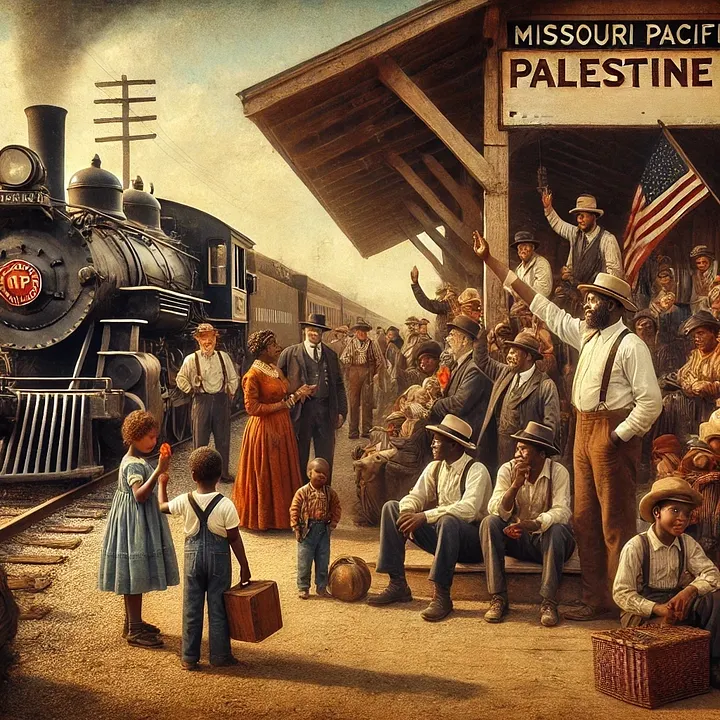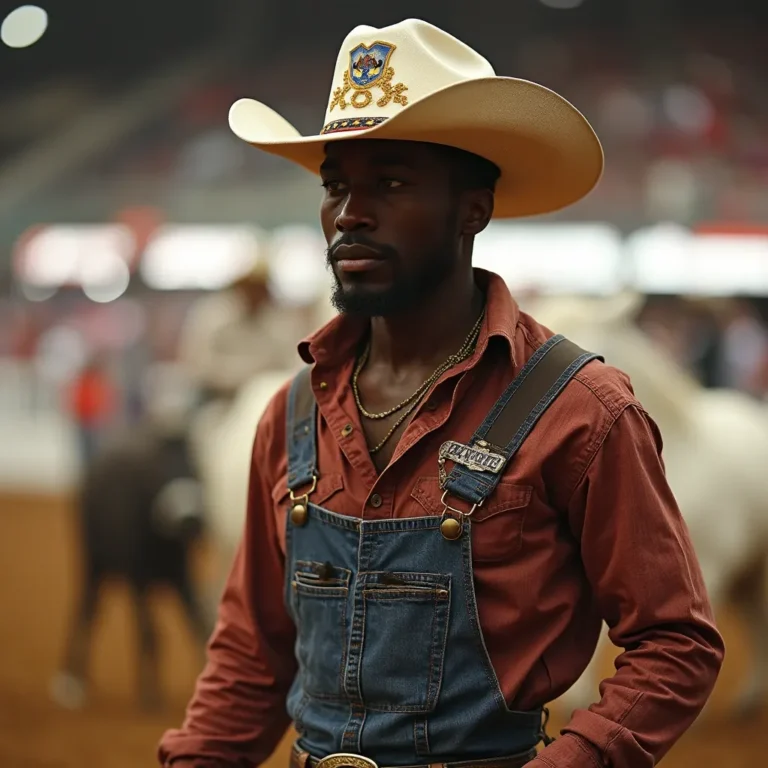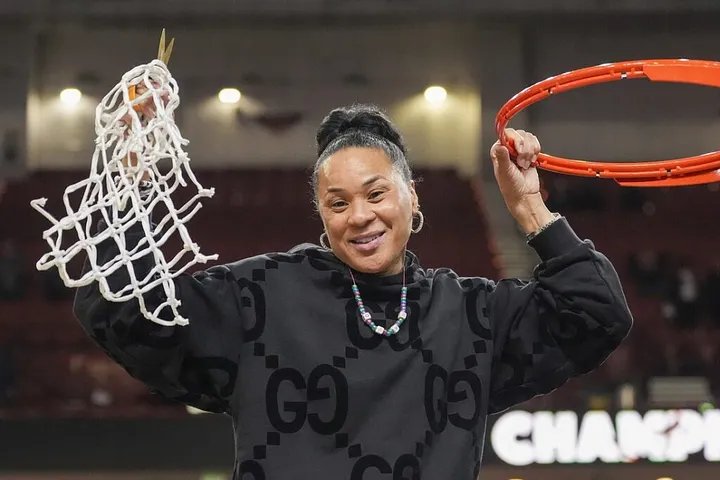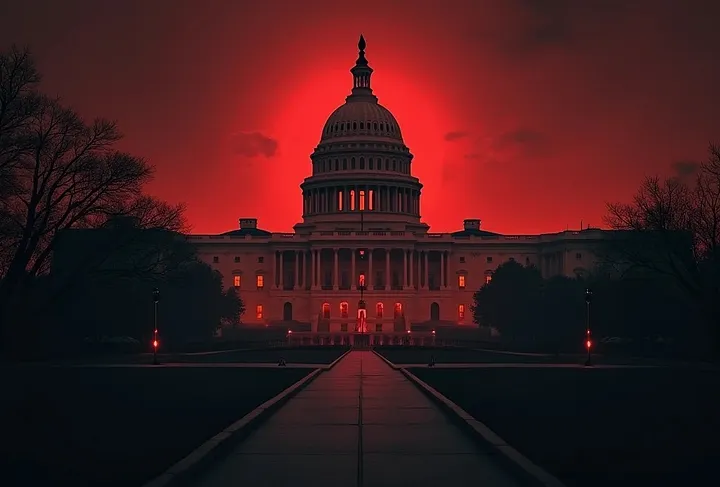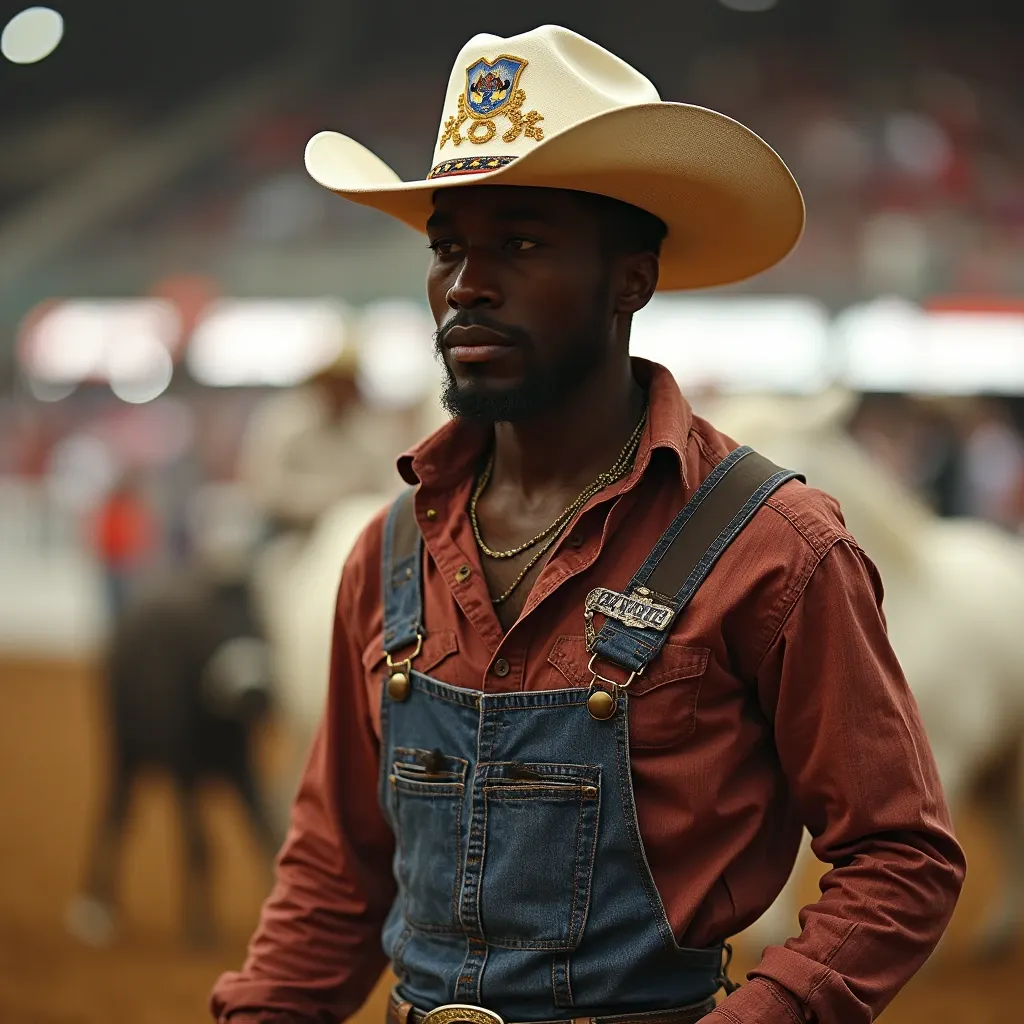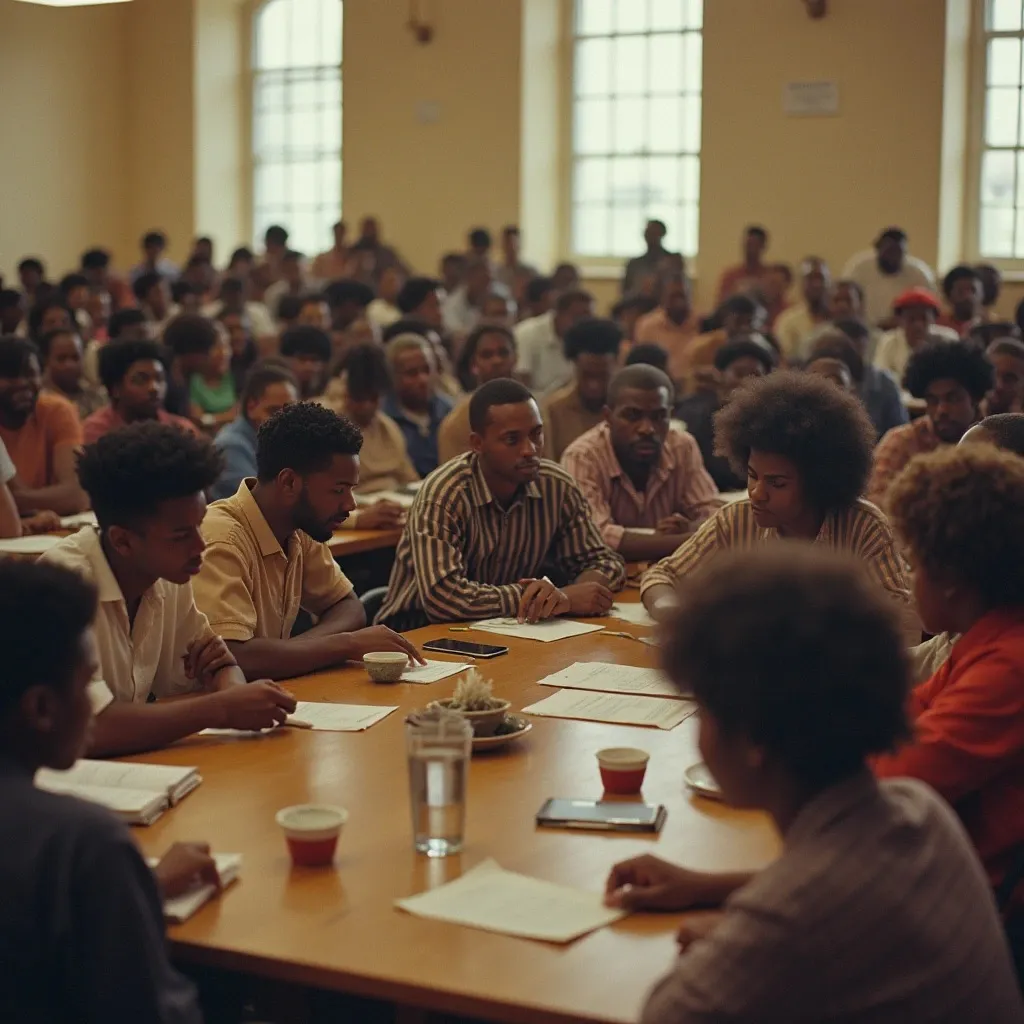I’ve danced around this topic more times than I can count — at dinner tables, in barbershops, and in group chats with folks who know the game inside and out. But I’ve never really taken the time to lay it out publicly.
Now feels like the right time.
The NCAA basketball season has wrapped. My U of H Cougars fell short. Dawn Staley and the Lady Gamecocks didn’t bring home the championship either. I’m disappointed about both, and I’ve been giving the highs and lows of the season some thought. I’m far from obsessed, but I remain informed, love to talk about the finer points of the game(s) and (as someone who appreciates sports of all kinds) I pay attention to the latest developments (especially in the WNBA).
I don’t typically engage in heated conversations fueled solely by opinions, because I’m generally pretty practical about the events surrounding the game. It’s not that complicated most times. Decisions are made, contracts are signed, players are traded, etc. etc. Nature of the beast.
Lately though, when talk of transfers hit the internet, I decided I’ve got time today (and maybe tomorrow too depending on the feedback this blog gets)! I need to get in on this discussion.
What prompted this interest one might ask? Well, right on cue, as soon as the chatter about who was entering the portal hit the news, social media, Sports Center, etc. the usual complaints started rolling in:
“The transfer portal is ruining college sports!”
“NIL deals have killed the tradition of the game!”
I mean, that’s one way to look at it, I guess.
Wait, who am I kidding; no, it’s not. At all.
As someone who’s spent a good part of his life fighting for labor rights, I see these types of events through a different lens; my perspective is focused on equity, freedom of expression, individual rights. That in mind, in the case of these transfer portals, what I see is, athletes are finally getting a say. After decades of existing in a system that has used their talent, energy, and bodies for the entertainment of some and enrichment of others (while getting little in return) these athletes have a voice, a say so in what they want their future to look like.
Let’s go on and get this out of the way; the whole “but they get a free education” argument, is tired, played out. Universities have been profiting well beyond the cost of tuition, books, and housing. We’re talking billion-dollar TV deals, eight-figure coaching contracts, merchandise flying off shelves, sold-out arenas — all amassed on the backs of unpaid athletes, students who believed they had no choice, that they were bound by some unspoken sense of commitment based on that “free education” or whatever other “perk” dangled in their faces to convince them they somehow owed the institution they were playing for. I’m not even going to get into how savage this kind of manipulation is. These players are barely adults. All they want to do is compete, in the hope that maybe one day, they will realize their dream of going pro. Of course they wouldn’t do anything to jeopardize that, including leaving the team for another opportunity.
That’s all changed now. Now players can transfer without being punished. Now they can earn from NIL deals. And somehow, that is an issue; some kind of slight or misguided decision making?
Nope. I disagree.
It’s an era whose time has come. Period.
Lisa Reed Jackson said it best:
“The days of schools making millions and players getting an education are over. How much did Iowa and the media profit from Caitlin Clark? Imagine just giving her a degree? Nah — she generated millions and deserved it all.”
She’s right.
Love her or hate her, one thing is certain: Caitlin Clark is not just playing the game, she is moving the needle. Elevating it. Taking it to another level. People who barely had in interest in the WNBA (or NBA for that matter) are sitting up and taking notice, becoming fans, and spending a whole lot of money on tickets, jerseys, and other souvenirs just to be part of this massive shift in the game!
I am not in any way discounting what legends like Sheryl Swoopes, Cynthia Cooper, Lisa Leslie, Diana Taurasi, or Sylvia Fowles did for the game. I would be remiss not to acknowledge how these exceptional athletes laid the groundwork for this generation of athletes. Their reputation can still stir some action! Fowles once wore my popular #antiIGNORANT t-shirt and orders skyrocketed that night, on her name alone! Thank you again, Sylvia. I hope you’re enjoying that well-earned Hall of Fame retirement.

It’s a new day though. We are seeing progress. As it should be. Caitlin is bringing record-breaking viewership to women’s basketball, selling out arenas. To put it in even greater perspective, CC sparked an entire economy around herself. Don’t believe me? Well, here are some facts:
Reports say she earned over $3 million in NIL deals while at Iowa — partnering with Nike, Gatorade, State Farm, Buick, and more.
And that was before she ever stepped onto a WNBA court.
During her tenure at the University of Iowa, Clark’s presence led to a remarkable surge in attendance at women’s basketball games. The Common Sense Institute reported that this increase generated approximately $82.5 million in consumer spending across the state. This spending encompassed ticket sales, lodging, dining, and retail purchases. The influx of visitors also contributed between $14.4 million and $52.3 million to Iowa’s GDP, depending on the economic modeling scenario used.
After joining the Indiana Fever, Dr. Ryan Brewer, a finance professor at Indiana University Columbus, estimated that Clark contributed $36 million to Indianapolis’s economy in her rookie WNBA season.
Clark’s games have led to record-breaking attendance figures across the league. For instance, her match against the Washington Mystics drew 20,711 fans, the highest for a regular-season WNBA game. Her presence has significantly increased television viewership and merchandise sales, with her jersey sales leading the league. And just as important, she’s giving young girls a role model, a reason to believe they can do anything they set their minds to because they have a voice, a choice.
So, let’s stop pretending these athletes are just “students.” They’re student-earners. And for the first time, they’re finally seeing the value they create.
What baffles me is, coaches leave all the time. It doesn’t matter what promises they made to that 5-star recruit. It doesn’t matter how many years are left on their contract. There are always buyouts. Always a loophole. Always an agent standing by to make the transition smooth. Yet, you rarely hear fans crying about “loyalty” when a coach bounces for a bigger paycheck. Even if there are some rumblings, if that coach wins a couple games — miraculously all is forgiven.
If a player transfers, or decides to chase more minutes, find a better fit, or simply desire to play in a healthier environment, it’s a crisis of epic proportion. How dare they? How ungrateful! Seriously? That’s not about tradition. That’s about control.
Remember, I said I remain informed when it comes to sports. I also have a handle on the historical trajectory of the game of basketball. I can reach back and make comparisons some might not consider. For instance, we saw this CC type energy back when the Fab Five flipped college basketball on its head. Before I go further, a disclaimer for readers: I’m comparing events, not players, for those who get the urge to say “That’s the NBA, how you gonna compare that to anything that has to do with Caitlin Clark?” Because someone will definitely be thinking it.
As I was saying, Detroit natives Chris Webber (4) and Jalen Rose (5), Chicago’s Juwan Howard (25), and Texas standouts Jimmy King from Plano (24) and Ray Jackson from Austin (21) — they changed the game.
Black socks. Baggy shorts. Swagger. Authenticity.
They made college hoops cool again — and highly profitable. But while the NCAA and the University of Michigan cashed in, the players didn’t see a dime.
All they got was criticism and control.
Sound familiar?
It’s the same script. New cast. More cameras. More hashtags.
And this should come as no surprise (because unions and labor relations is imbedded in my reasoning), but I have to talk about the fact that every time athletes even whisper about organizing or forming a union, the pushback is immediate. Why? Because the second players start talking about collective power, the foundation starts to shake. The people who benefit most from that system get nervous, since they know it only works if the labor stays quiet — and cheap.
This isn’t just about NIL. This isn’t about loyalty. This is about who gets to decide.
For far too long, that decision has been made by coaches, boards, sponsors, and networks — everyone but the athletes. I say to all fans, don’t be fooled. For my part, I’m not joining the outrage. I’m not losing sleep over the portal. I’m applauding it. These young athletes — many of whom come from communities that have long been overlooked, underestimated, and overexploited — are finally being heard. Not to mention, it wasn’t that long ago that their parents couldn’t afford to travel and see them play. Today, their kids are making the system pay…
Pay attention and pay for the privilege of having these athletes on their rosters.
Let them move.
Let them earn.
Let them build their futures on their terms.
The NCAA was never sacred. It’s always been a business.
The only thing that’s changed… is that the talent finally has a seat at the table.
The game’s not broken.
It’s finally telling the truth.

